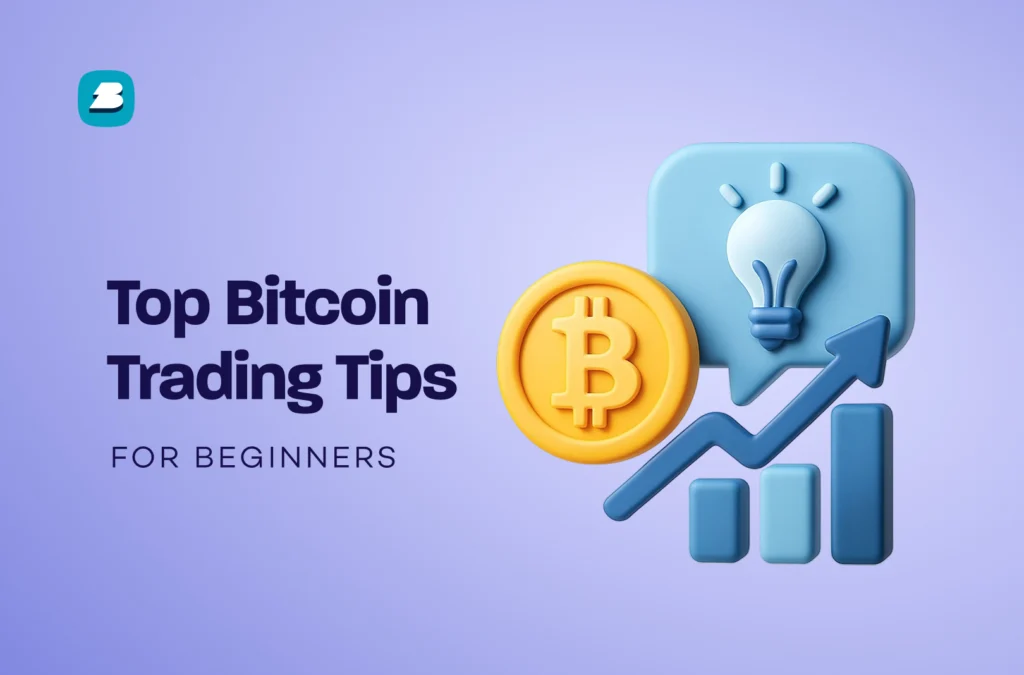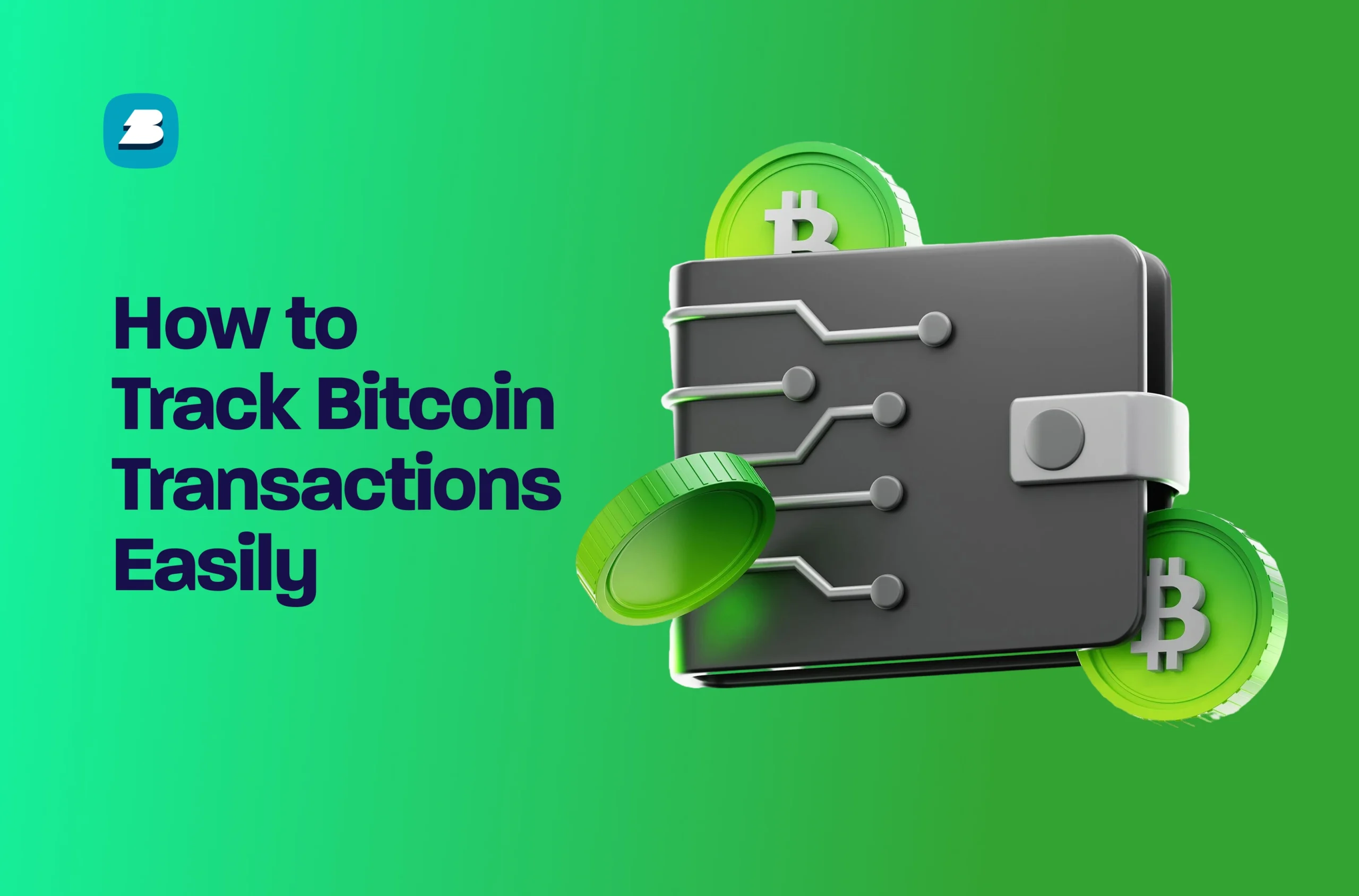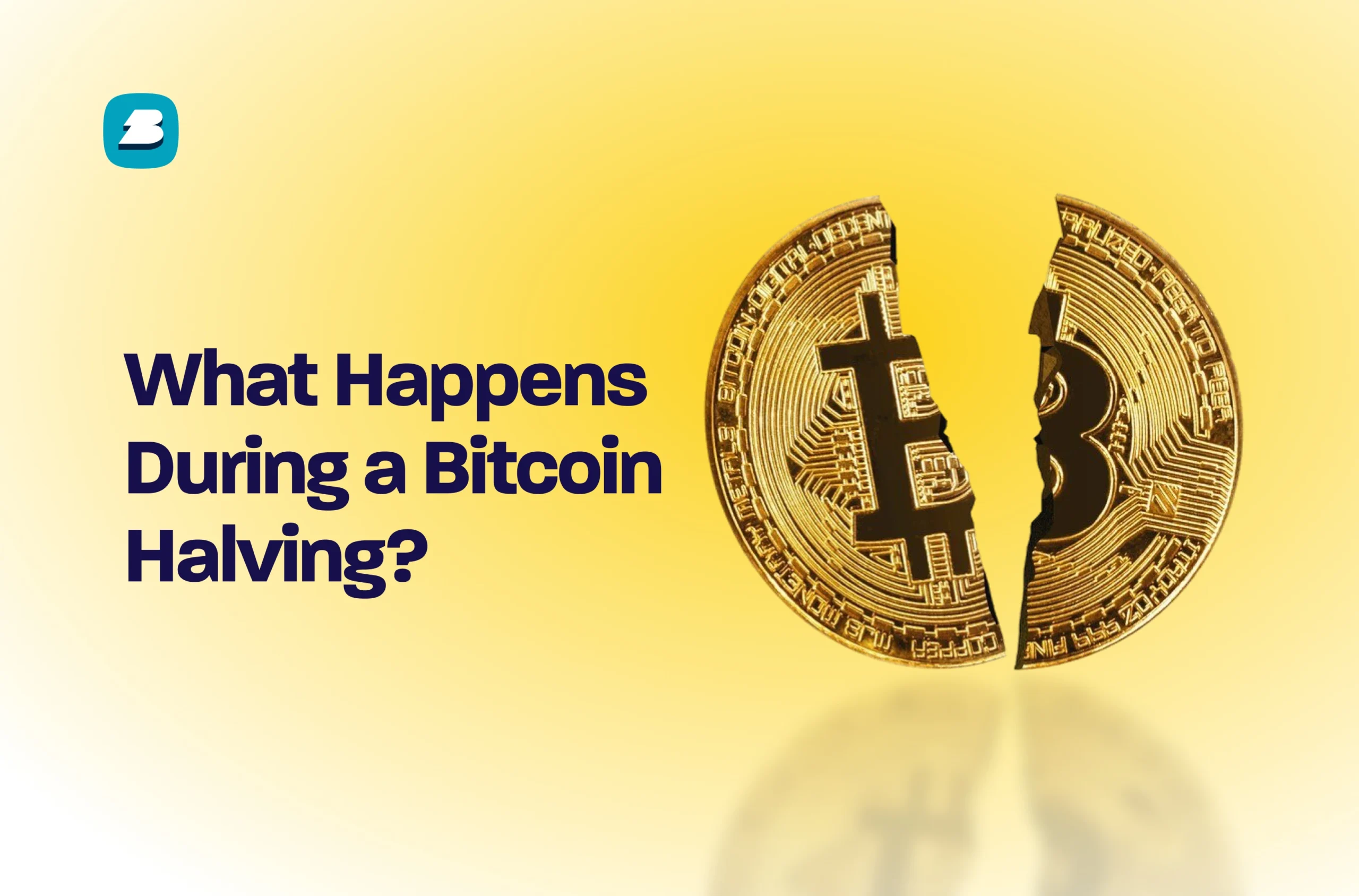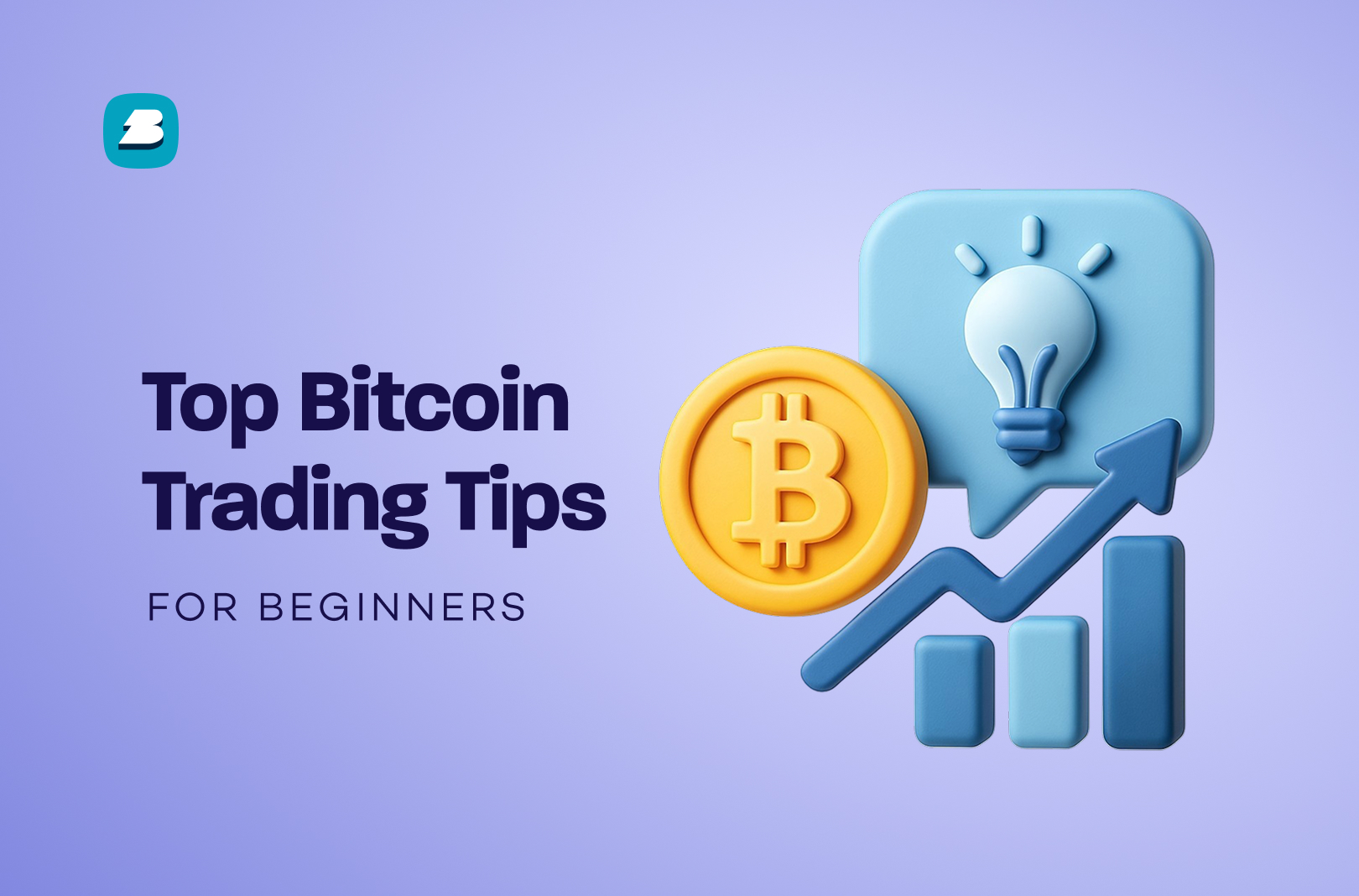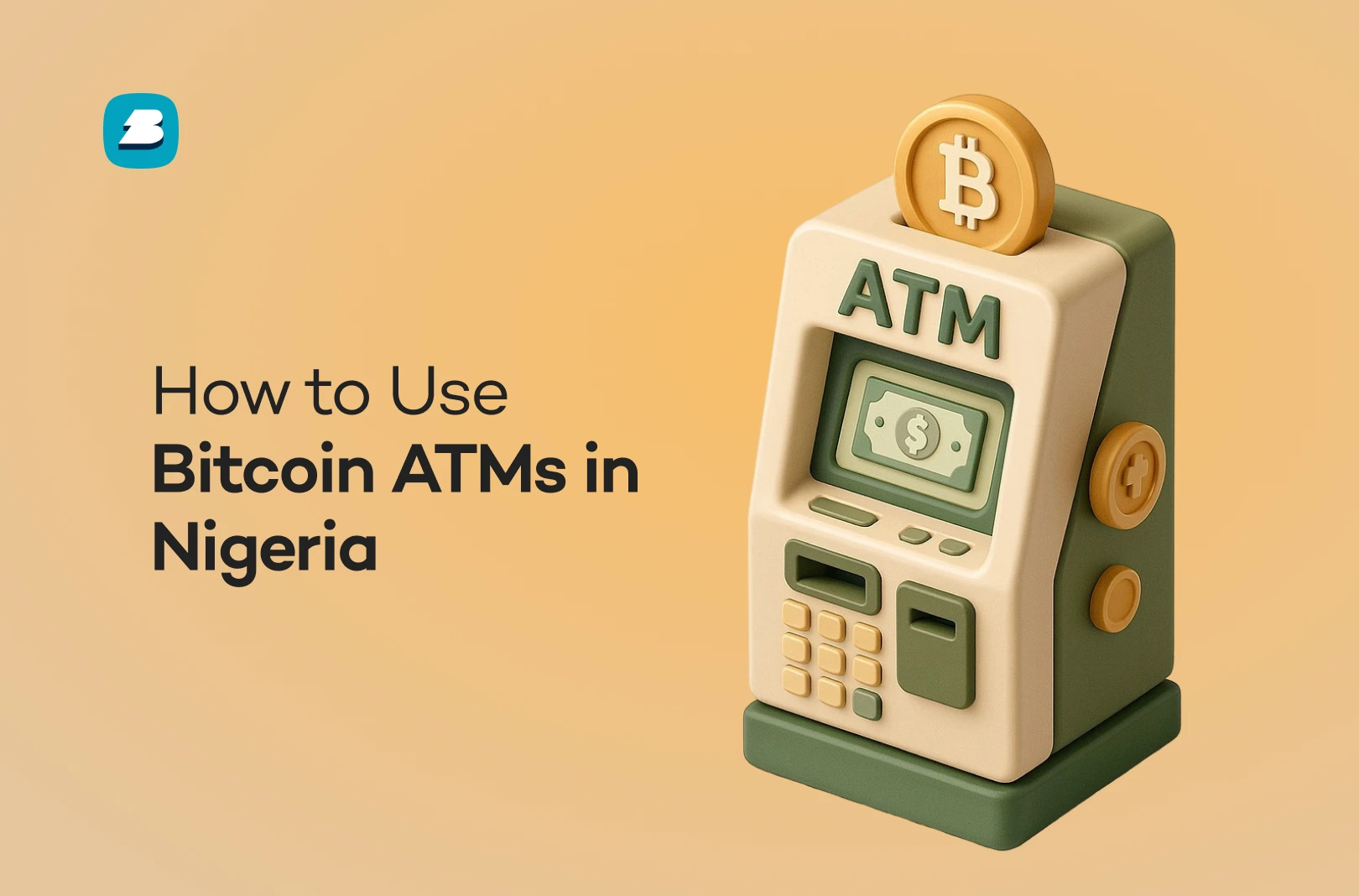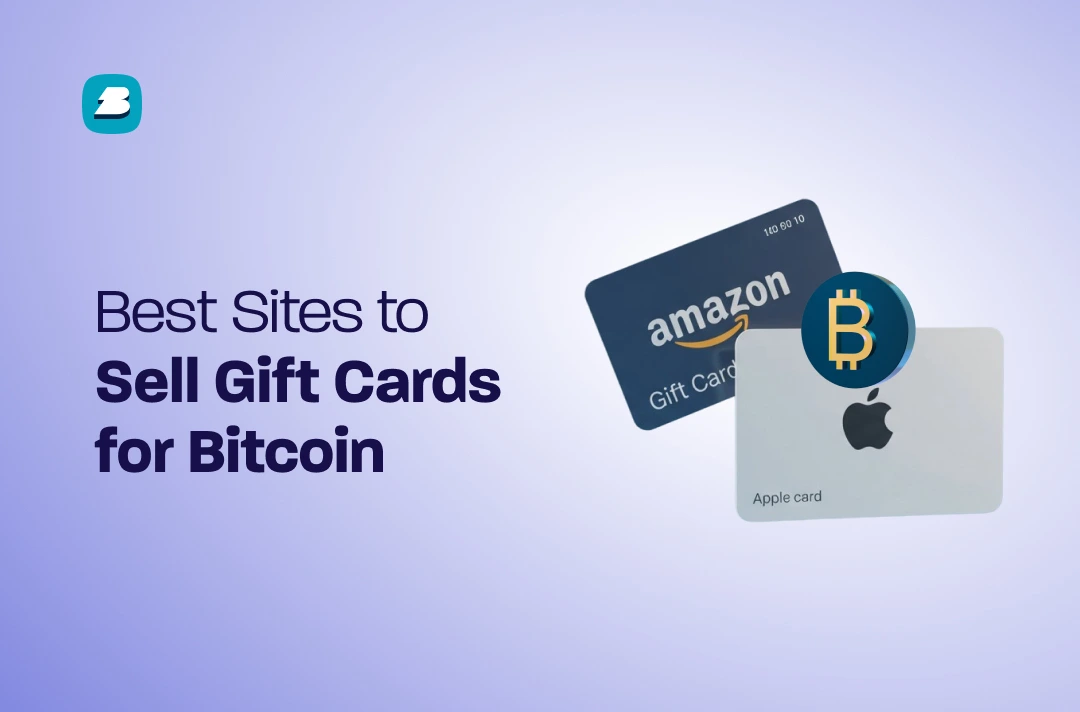If your search for Bitcoin trading tips brought you here, then you are in the right place.
Bitcoin (BTC) trading has become very popular globally, with the leading cryptocurrency recording tens of billions of dollars in daily trading volume.
Unlike many altcoins, BTC has global attention, institutional investment, and historical price cycles shaped by events like halving and regulatory decisions.
This makes trading BTC both highly rewarding and extremely risky.
For beginners, trading BTC without a strategy is like sailing without a compass.
To help you avoid costly mistakes, here are nine (9) underrated yet practical Bitcoin trading tips you can apply to consistently make money.
Related:
- 9 Underrated Crypto Trading Tips for Beginners (2025)
9 Bitcoin Trading Tips for Beginners

1. Learn How Bitcoin Market Cycles Work
Bitcoin’s price follows predictable cycles, heavily influenced by the halving events, which happen roughly every four years and cut BTC’s mining rewards in half.
Historically, bitcoin halvings have triggered bull runs, but of course, followed by sharp bear markets.
For example, after the 2016 halving, BTC surged from $650 to nearly $20,000 by 2017. Also, after the 2020 halving, BTC skyrocketed from around $8,000 to over $60,000 in 2021.
The fourth halving event occurred in 2024 and it led to BTC hitting an all-time high above $122,000.
A deep understanding of these cycles can help you avoid buying at peaks and instead accumulate during dips.
2. Start with Spot Trading Before Futures or Leverage
Spot trading means buying crypto assets like BTC at a low market price and selling them at a higher price for profits. This trading style allows you to own crypto assets directly.
For example, if you buy 1 BTC on the spot market, it’s yours.
Meanwhile, futures trading involves contracts that speculate on price movement, while leverage trading lets you borrow funds to trade.
While leverage and futures trading can multiply your gains, they can also increase your losses.
For beginners, it’s smarter to start with spot trading, where you own crypto assets directly. This way, you can build confidence, learn price movements, and avoid the stress of sudden liquidation.
Once you’ve mastered spot trading, you can carefully explore advanced trading.
In other words, spot trading is safer and easier to learn, making it the best starting point for beginners before exploring advanced methods like futures or leverage.
3. Use Dollar-Cost Averaging (DCA)
Instead of trying to time the market, many successful traders use the Dollar-Cost Averaging (DCA) strategy, which entails buying small amounts of a crypto asset at regular intervals (daily, weekly, or monthly).
Imagine you have $1,000 to invest in Bitcoin. Instead of buying all at once, you decide to invest $100 every week for 10 weeks.
- Week 1: BTC price = $50,000 → you buy 0.002 BTC
- Week 2: BTC price = $40,000 → you buy 0.0025 BTC
- Week 3: BTC price = $45,000 → you buy 0.0022 BTC
… and so on.
Sometimes you buy when the price is high, other times when it’s low.
By the end of 10 weeks, you’ve invested the full $1,000 and your average buying price is smoother than trying to time the market.
In essence, DCA can help both beginner and expert bitcoin traders reduce risk from volatility and build a portfolio steadily without stress. This makes it one of the top Bitcoin trading tips.
Recommended:
- 7 Best Crypto Profit Calculators of 2025
4. Watch Bitcoin Dominance
Bitcoin Dominance (BTC.D) measures Bitcoin’s market share compared to all other cryptocurrencies, otherwise known as altcoins.
When bitcoin dominance rises, it signals money flowing into BTC, often during market uncertainty. When dominance drops, it often means traders are shifting to altcoins for higher gains.
Therefore, monitoring BTC dominance on platforms like TradingView or CoinMarketCap can help you gauge whether it’s better to stick with BTC or diversify into altcoins.
5. Follow On-Chain Data
One of the best Bitcoin trading tips is following on-chain data.
Unlike traditional markets, Bitcoin’s blockchain data is public and transparent.
Popular platforms like Glassnode, CryptoQuant, and IntoTheBlock allow traders to track on-chain data such as:
- Exchange inflows/outflows – Large BTC leaving exchanges may signal accumulation.
- Long-term holder activity – If “whales” (big holders) are accumulating, it can mean bullish sentiment.
- Mining activity – Hash rate trends can indicate network strength and miner confidence.
Accordingly, monitoring on-chain data can help you make data-driven trading decisions instead of guessing.
6. Combine Fundamental Analysis with Technical Analysis
It’s true that headlines can move Bitcoin’s price but often only for the short term.
For example, Elon Musk’s 2021 tweets about Tesla accepting BTC briefly spiked the asset’s price, but it crashed soon after when the hype faded.
The point here is that following news hype alone without technical analysis can trap you at the top of a price rally. Instead, use news as one input, but always confirm with charts, on-chain data, macroeconomic factors and broader sentiment.
7. Secure Your Bitcoin Properly
Securing your Bitcoin properly is one of the most underrated Bitcoin trading tips.
Profits mean nothing if your crypto asset isn’t secure.
Yearly, crypto assets worth billions of dollars are stolen by hackers, making security a crucial part of bitcoin trading.
So, if you are just getting started with crypto trading, here are some security tips for you:
- Prioritize self-custody: Store your crypto assets in cold and/or hardware wallets where you are in control of the private keys and seed phrases.
- Back up your wallet seed phrase offline.
- Enable two-factor authentication (2FA) on your crypto exchange accounts.
You Might Like:
- Bull Run Meaning in Crypto: Explained for Beginners (2025)
8. Start Small and Manage Risk
When you begin bitcoin trading, it’s always tempting to go all in. However, the crypto market is highly volatile, and big bets can lead to heavy losses.
Instead, start with small amounts you can afford to lose and use only a portion of your budget for each trade, keeping some funds aside for future opportunities.
This way, you protect yourself from sudden market swings and gain experience without risking everything at once.
9. Have a Clear Exit Strategy
Many beginners fall into the trap of holding forever, only to watch profits vanish in a crash. A smart trader always sets an exit strategy.
That is, decide in advance what percentage profit to take (e.g., 20% or 50%). Also, use stop-loss orders to minimize downside and don’t let emotions dictate your trades.
Remember, profit isn’t profit until you cash out. Meanwhile, if you are a Nigerian or Ghanaian, you can convert your BTC to local currency using the Breet app.
Don’t Miss:
- How to Use a Bitcoin ATM in Nigeria: Complete Guide (2025)
Conclusion on Bitcoin Trading Tips
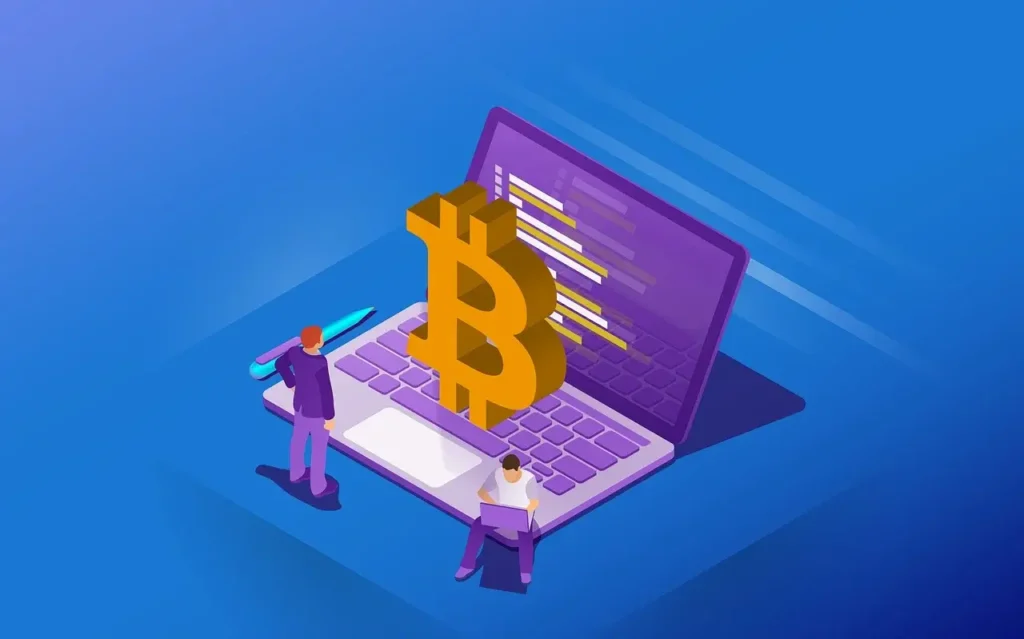
Bitcoin trading can look intimidating or complex, but with the right strategies, it becomes simple and profitable.
So, to consistently profit from bitcoin trading, you must understand crypto market cycles and prioritize risk management.
With discipline, research, and the bitcoin trading tips discussed in this article, you’ll gradually build confidence and profitability in your crypto journey.
Frequently Asked Questions (FAQs) on Bitcoin Trading Tips
Is trading Bitcoin good for beginners?
Yes. Bitcoin is the most popular and liquid cryptocurrency, making it easier for beginners to learn trading compared to smaller coins.
How much money do I need to start Bitcoin trading?
You don’t need thousands of dollars. Most exchanges let you start with as little as $10–$20. The key is to start small and grow gradually.
What’s the safest way for beginners to trade Bitcoin?
Spot trading is the safest option. You buy Bitcoin at a low price, hold it, and sell it at a higher price. Avoid futures and leverage until you gain experience.
How do I avoid high trading fees?
Compare exchange fees before signing up. Some platforms charge as low as 0.1% per trade, while others may charge more. Also, avoid making too many small trades.
Can I lose all my money trading Bitcoin?
Yes, you can lose all your money if you trade recklessly with leverage or without risk management. Beginners should invest only what they can afford to lose.
